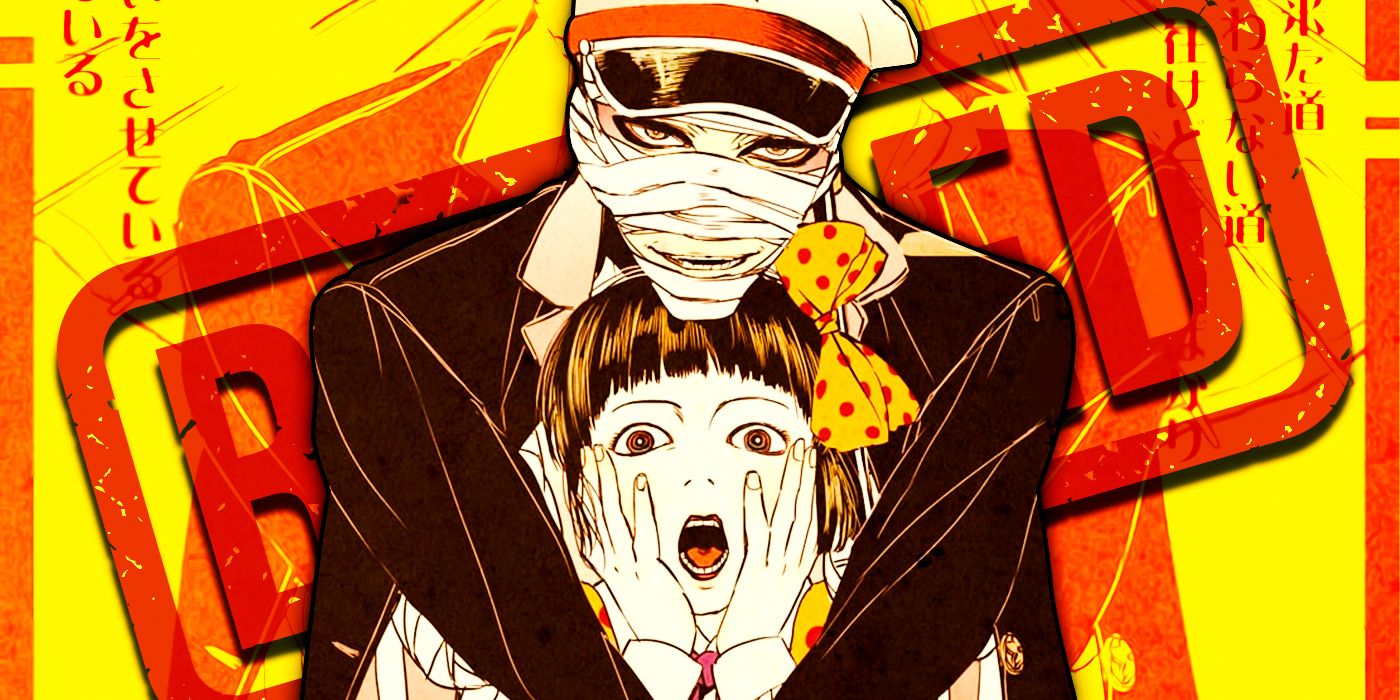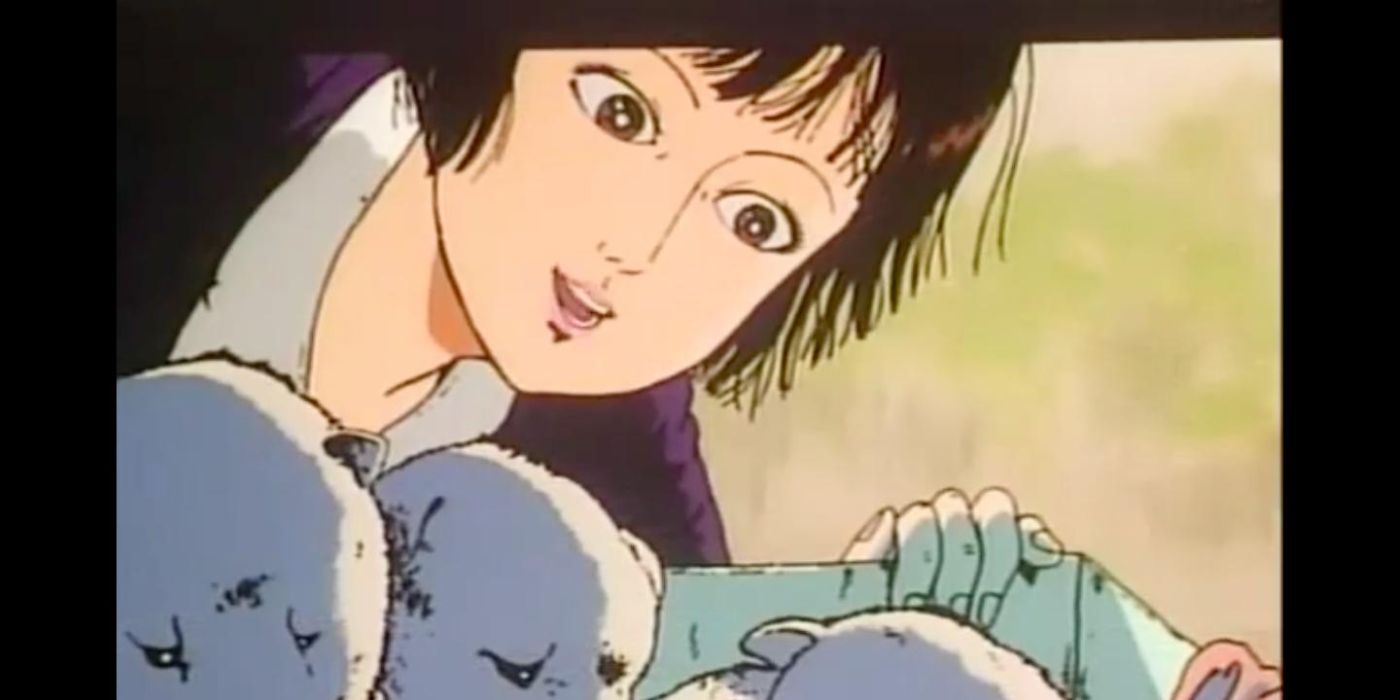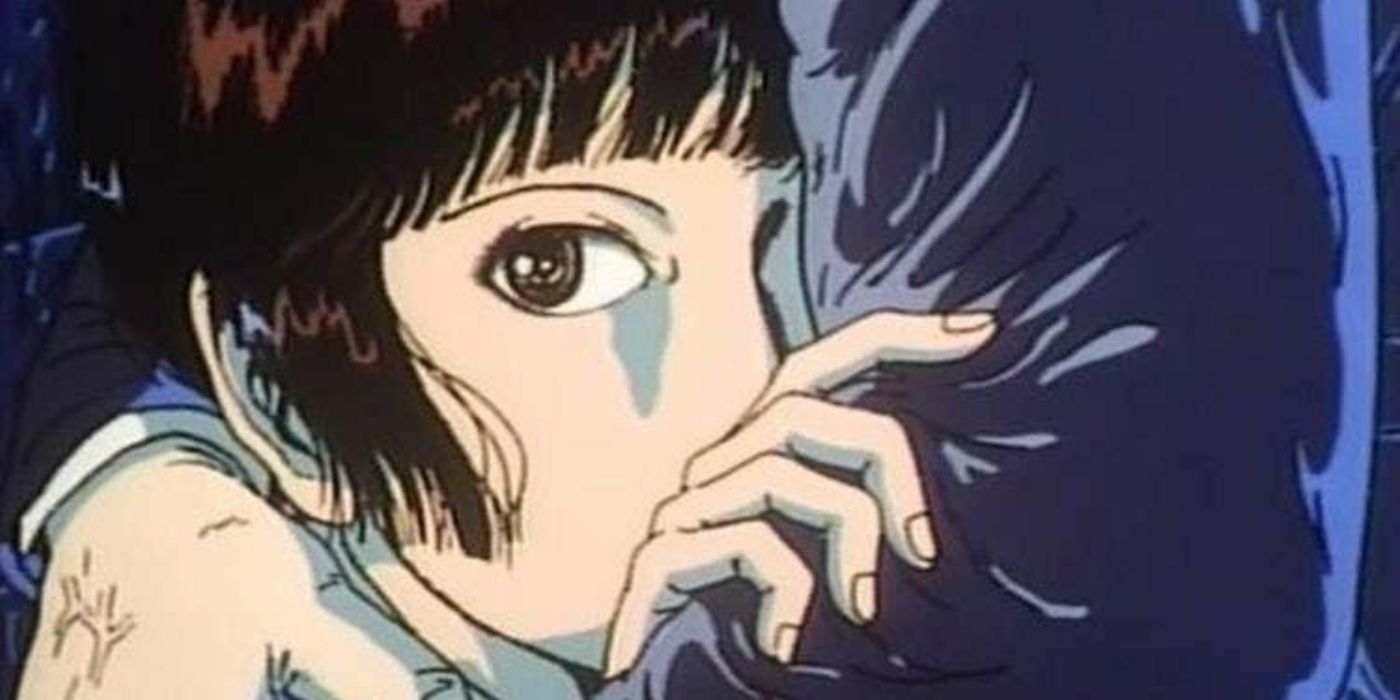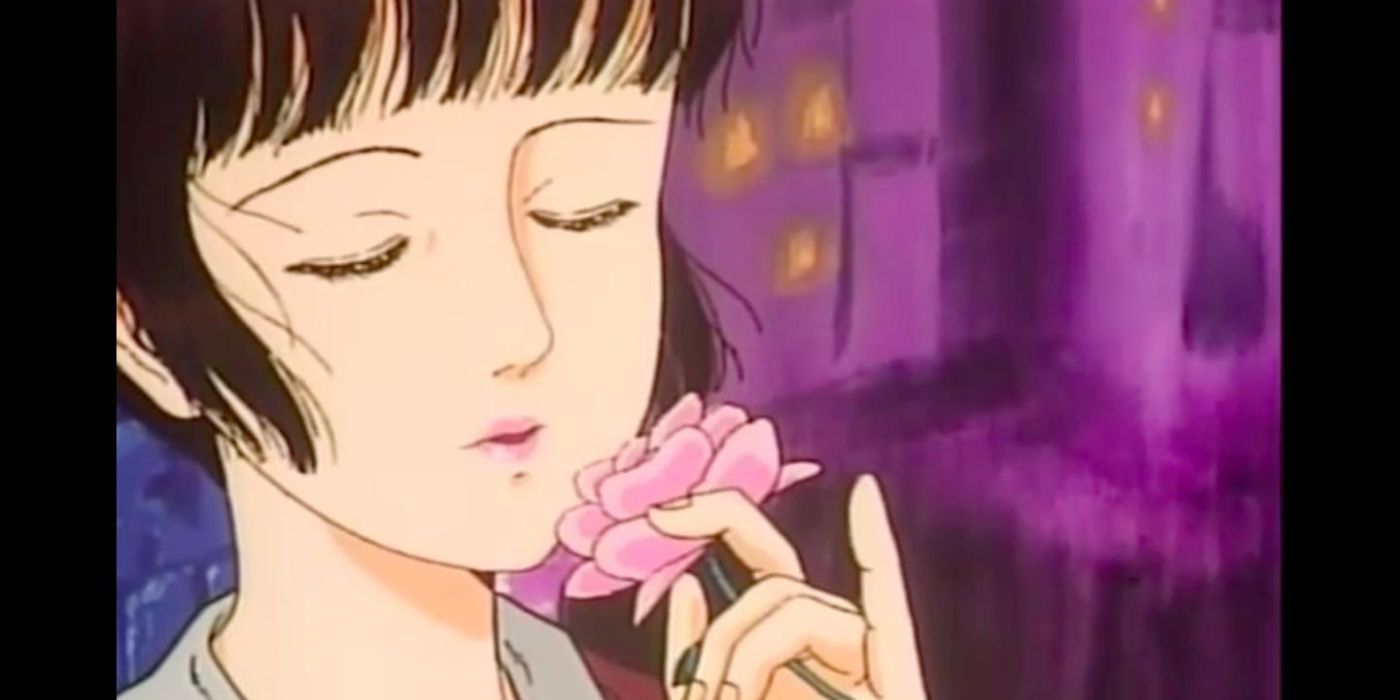Summary
- Shoujo Tsubaki is a banned anime known for its disturbing content, including graphic scenes of abuse and trauma.
- Director Hiroshi Harada faced challenges and personal sacrifices to bring the dark and unsettling story to life.
- Other banned anime, like Violence Jack and Urotsukidoji, also push boundaries with intense violence and sexual content.
Trigger Warning: This article contains descriptions about disturbing subject matter, including pedophilia and sexual assault. Reader discretion is advised.There are several anime that are products of their proverbial environment, with the content being deemed inappropriate when released outside Japan. Examples range from mere kids shows to the most heinous adult content. Most countries, including Japan, have outlawed an anime film called Shoujo Tsubaki.
Also known in the West simply as Midori, Shoujo Tsubaki tells the story of a 14-year-old girl named Midori that undergoes extreme emotional and sexual trauma at the hands of a group of deranged circus performers. When reviewing the film, most nations deemed its content too graphic and disturbing for the average viewer, ultimately leading to a worldwide ban.
Updated by Timothy Blake Donohoo on February 26, 2024: Utilizing a stock archetype, the anime film known as Midori is easily one of the most disturbing banned anime in the world. Featuring subject matter that's sure to make viewers' skin crawl, it's certainly not a story for the faint of heart. This banned anime is something of a cult product even in Japan, and this esoteric nature has made it highly-sought after by many, despite its contentious reputation.
The History Behind the Most Banned Anime
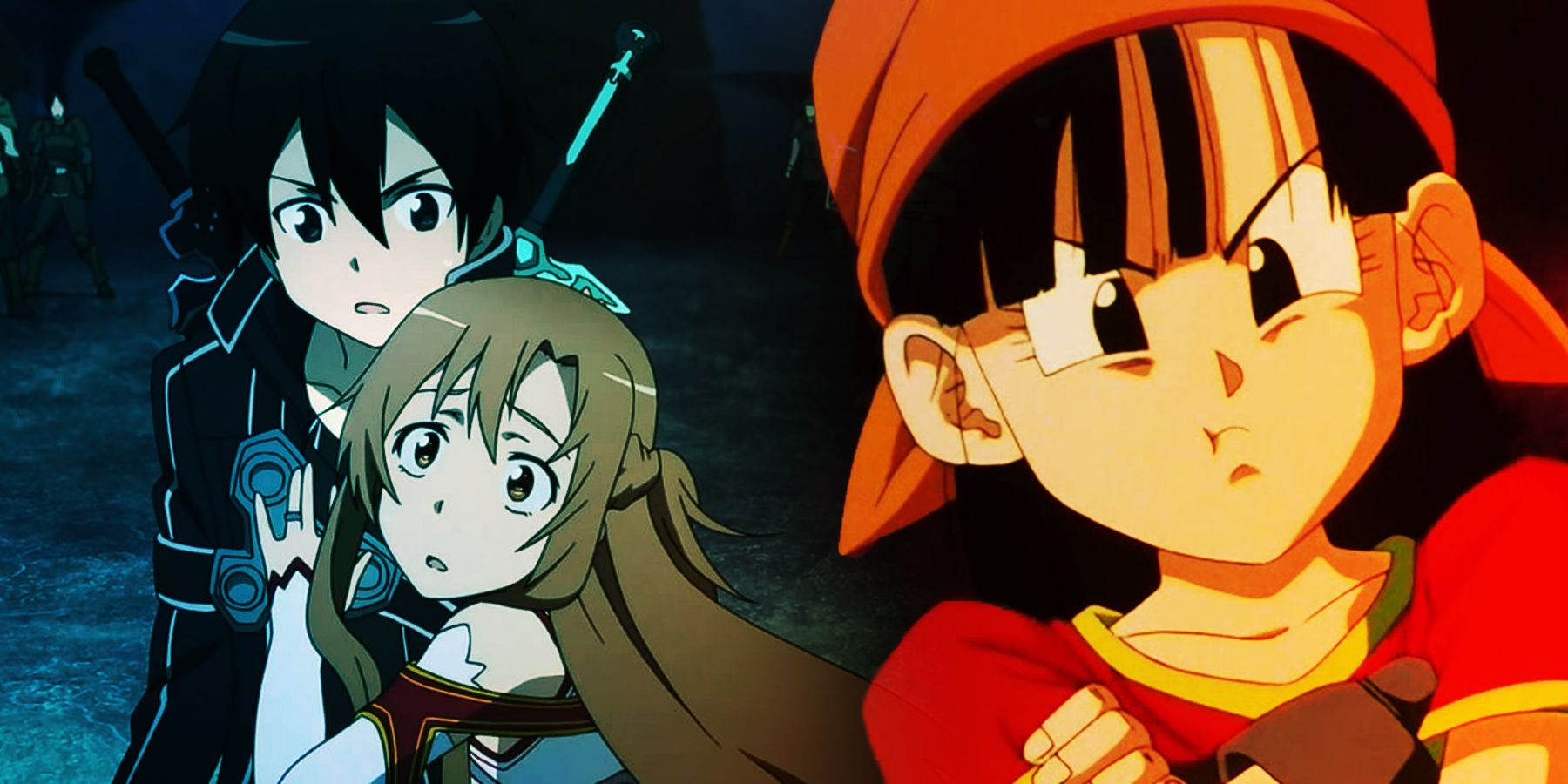
20 Controversial Anime That Made Fans Abandon the Fandom
Some anime series are so abysmal that they completely turn audiences off of the art form.The main character in the most disturbing banned anime ever is "Shoujo Tsubaki," which translates as "The Camellia Girl." She got her start long before the advent of popular manga and anime, as she's actually tied to the art of kamishibai. Portrayed through recent hits in Weekly Shonen Jump such as Akane-banashi showcase the somewhat similar rakugo trade, with both involving live-action storytelling and comedy acts performed by traveling entertainers. The format of this venue allowed the legend of the Shoujo Tsubkai to travel and become somewhat amorphous, especially in terms of her creator (who's usually created as a person named Seiun).
The premise typically has the protagonist as a poor girl from a destitute family. After becoming orphaned, she's forced to sell flowers on the road for a pittance, with this vulnerability seeing her captured and forced into the life of an entertainer (which takes a variety of forms). In many adaptations, the darkest and most disturbing avenues for the story to travel are explored, namely the infamous Shoujou Tsubaki anime movie. That incarnation in particular has made the story infamous, with the work being notorious as the most disturbing banned anime ever.
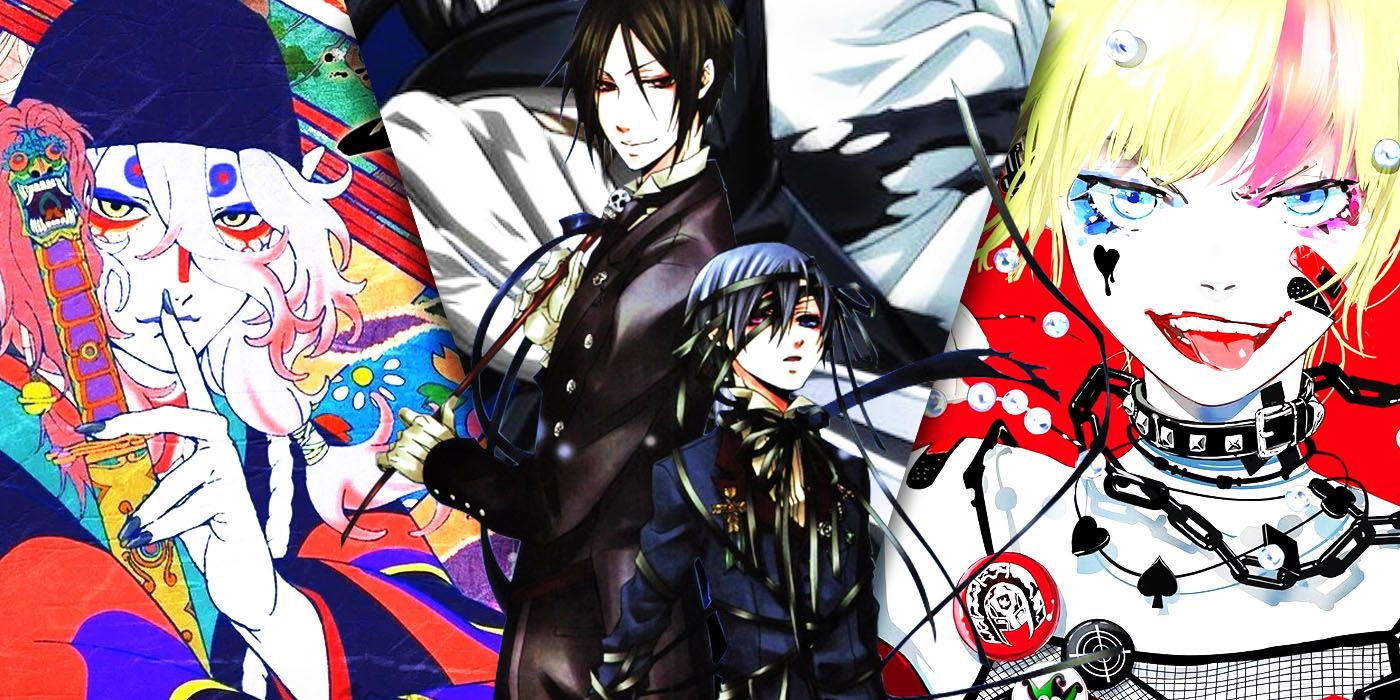
10 Darkest Anime You Need to Watch in 2024
From upcoming shows like Uzumaki to well-established series such as Yamishibai: Japanese Ghost Stories, anime’s darkest offerings are a must-watch.The aforementioned Midori banned anime film is an adaptation of Suehiro Maruo's 1984 manga of the same name. Its morbid tale once again opens with the young heroine, Midori/Shoujou Tsubaki selling flowers by the roadside to help her sick mother. While there, a creepy individual approaches her and offers her shelter in the event she should ever find herself in need of it. Midori returns home, only to find rats eating her dead mother's body. This is only the beginning of what makes the infamous banned anime such a harrowing experience to watch, however.
Now orphaned and alone, Midori joins up with a circus, where she proceeds to be emotionally and physically tormented by its members. One particularly infamous scene has Midori witnessing the brutal slaughter of a group of puppies. The killer then proceeds to sexually assaults Midori. While Midori does eventually escape the circus, the film's ending is not particularly happy. In the end, Midori falls in love with an adult magician dwarf named Wonder Masamitsu who disturbingly reciprocates the young girl's affections. These elements come together to produce one of the most disturbing and demented anime of all time, so it's no wonder why even Japan has banned Shoujou Tsubaki, and it's never had a widespread release on physical media.
Shoujo Tsubaki's Turbulent Storyline
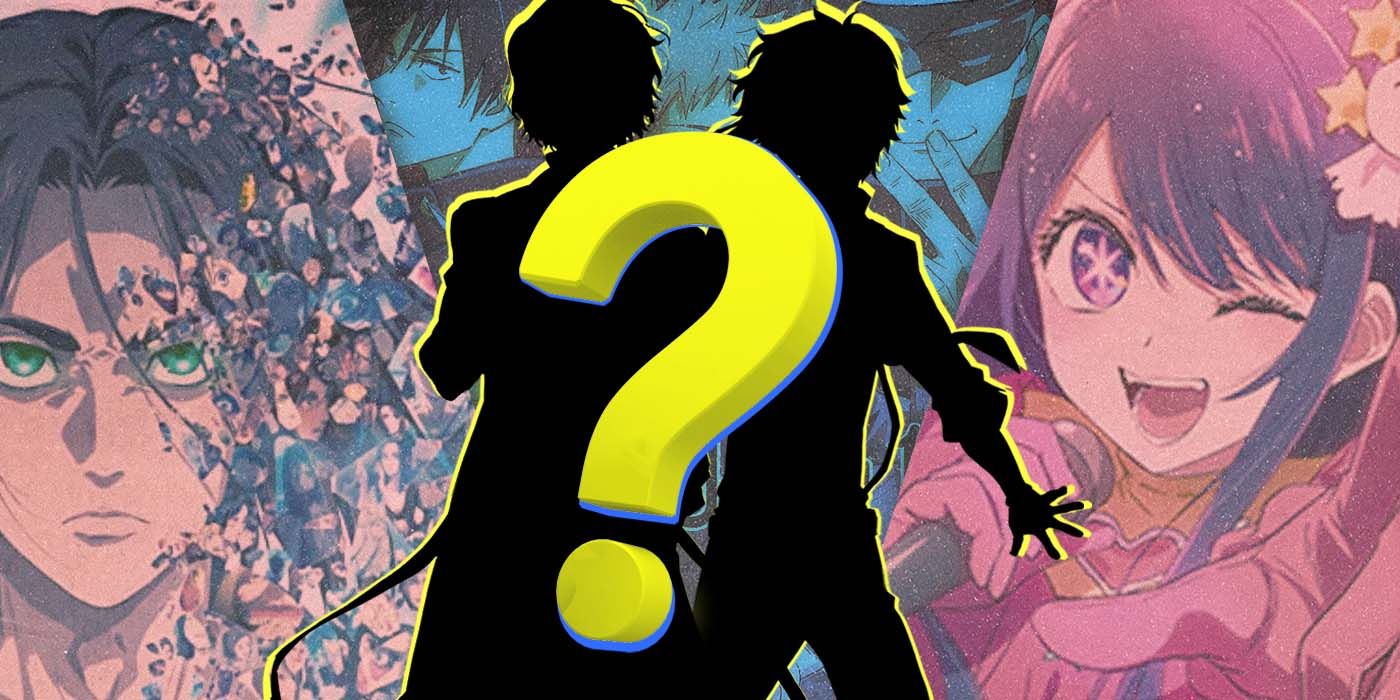
Jujutsu Kaisen Fans Go Berserk Over Anime of the Year Loss
Anime Corner reveals its Anime of the Year, with popular series like Attack on Titan, JJK and Oshi no Ko all vying for first place -- and losing.Due to the Shoujou Tsubaki film's troubling subject matter, director Hiroshi Harada (who also worked on children's anime franchises such as Doraemon) had a difficult time getting funding. Because of this, he had to finance the film using his personal life savings. Harada also took over most of the key staff roles himself, acting as Director, Screenwriter, Storyboard Artist and Key Animator. Due to the lack of additional staff, the film ultimately took five years to complete, with Harada personally creating over 5,000 illustrations for the project.
During an interview, Harada opened up about his influences, citing Isao Takahata, the director of a Studio Ghibli film titled Only Yesterday, and Winsor McKay as two animators that inspired him. Harada dealt with bullying as a child, and focuses heavily on it in most of his films. "Just before Midori, I made a film about hazing," Harada said. "Having been a victim of it myself in elementary school...I expose this practice to offer support to child who are subjected to it rather than as some kind of personal therapy." Harada also addressed why he chose to emphasize the physically deformed in Shoujo Tsubaki, saying that it had a profound effect on him when he learned they existed, and that he "tends to identify with them."
Other Banned Anime
|
Banned Anime Around the World |
|||
|---|---|---|---|
|
Title |
Release Date |
Streaming |
Reason for the Ban |
|
Tokyo Ghoul |
July 4, 2014 - September 19, 2014 |
Crunchyroll, Hulu, Funimation |
Violence/Gore |
|
Attack on Titan |
April 7, 2013 - November 5, 2023 |
Sling, Hulu, Funimation, Crunchyroll, Amazon Prime Video |
Violence, Youth Rebellion |
|
Death Note |
October 4, 2006 - June 27, 2007 |
Peacock, Pluto TV, Amazon Prime Video, The Roku Channel, Tubi TV, Hulu |
Dark/Homicidal Themes |
|
Psycho-Pass |
October 12, 2012 - March 22, 2013 |
Tubi TV, Crunchyroll, Funimation, Hulu, Amazon Prime Video, Pluto TV |
Violence, Anti-Authority Themes |
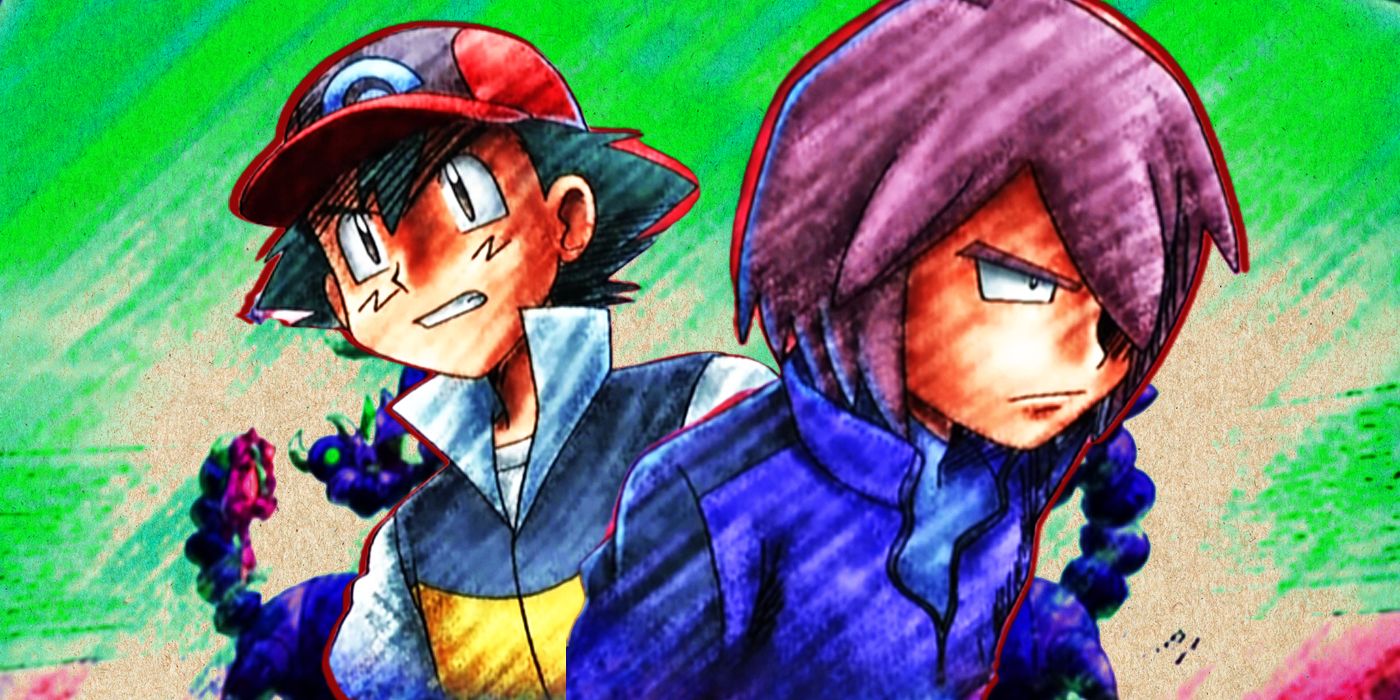
Why Ash vs Paul Was the Perfect Pokémon Battle
The rivalry between Ash and Paul was the best in the Pokemon anime, and their final battle didn't disappoint at all.Beyond Shoujou Tsubaki, there are several other banned anime around the world, though most of these aren't nearly as controversial in Japan. Even then, they're known for being particularly brutal in some capacity, with violence and sexual content being the biggest reasons for these being banned anime. In the case of the infamous Violence Jack, with the notable Go Nagai anime adaptation features a blistering display of gore and sexual assault, with the "Evil Town" section of the OVA series more than living up to its name. The infamous Urotsukidoji: Legend of the Overfiend is just as bad, if not worse, in this regard, with the series largely seen as an outright hentai (pornographic anime).
It makes sense as to why these are banned anime, but other shows are a bit harder to parse in that regard. For instance, while the Tokyo Ghoul anime definitely has its moments of gore and blood, it's nothing compared to the more visceral anime OVAs of the 1980s and 1990s. Nevertheless, it's banned in countries such as China and Russia, as are some comparatively innocuous isekai anime. Those shows are banned due to their themes involving reincarnation, which is seen as potentially harmful by the governments of those countries.
Easily some of the strangest banned anime are those that are otherwise seen as children's programming. The long-running and popular Pokémon anime is banned around the world for different reasons. Some countries have compared its signature trading aspect to real-life gambling, while more religiously oriented countries have taken issue with the title creatures being able to evolve. When it comes to banned anime in Japan, however, most of these are not particularly controversy in their native country. They also don't have a patch on the most disturbing banned anime, with Midori being gruesome and harsh in a way that other shows never achieve. The violence of anime such as Tokyo Ghoul is almost cartoonish and utilized in action, but the inhuman yet far more realistic terror seen in Midori leaves enough of an imprint to get the project banned even in Japan.
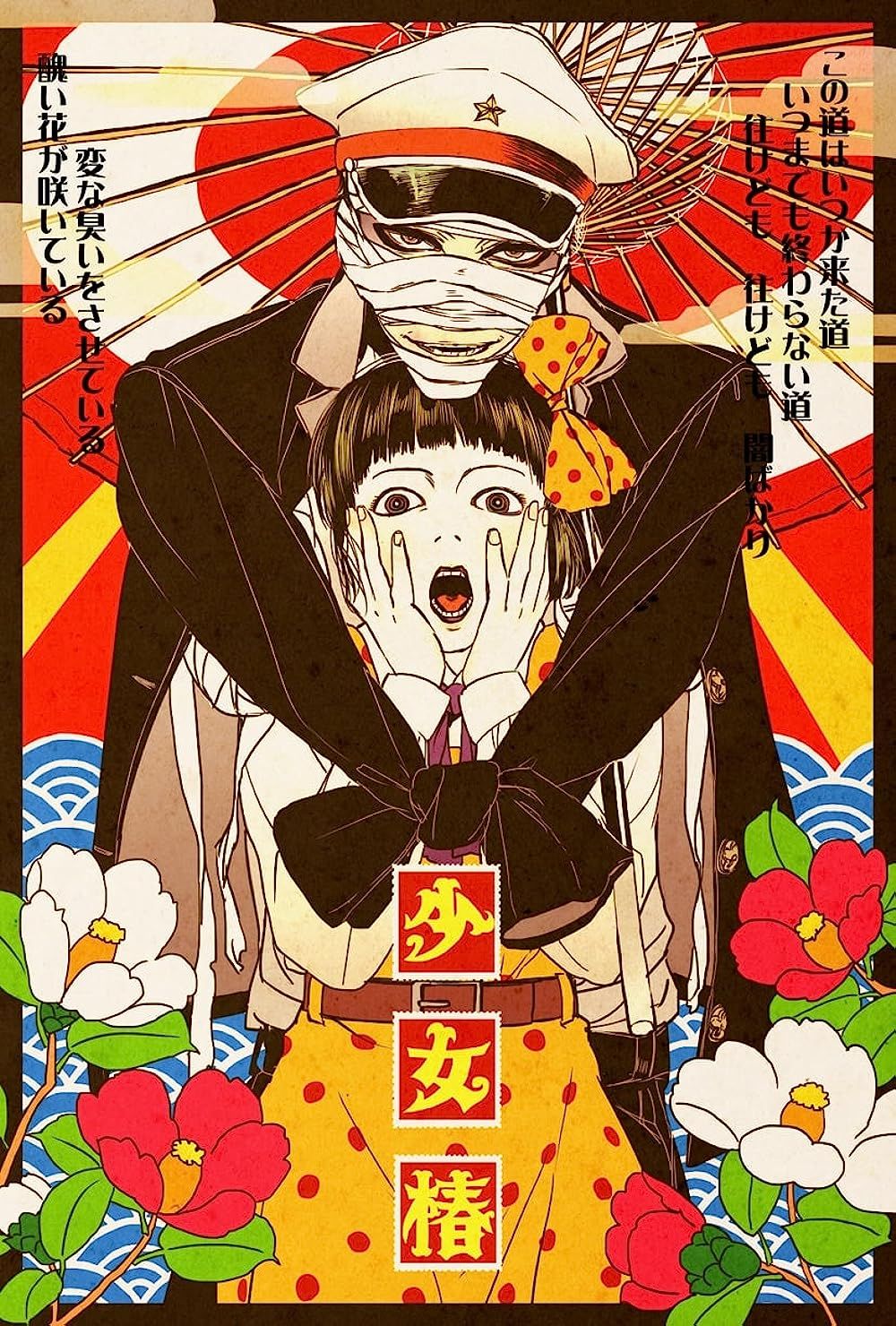
Midori: Shoujo Tsubaki
The story based off of the controversial manga by Suehiro Maruo takes place where a little orphaned girl joins a freak-show circus troupe whose members sexually assault and abuse her. She then finds a glimmer of hope in the enigmatic magician who joins the group.
- Release Date
- May 2, 1992
- Runtime
- 47 Minutes
- Main Genre
- Anime
- Characters By
- Hiroshi Harada
- Artists
- Minako Naka, Norihiko Morishita, Keinosuke Okamoto, Kazuyoshi Hayashi, Yoshifumi Nomura, Sanae Katô, Yumiko Takagi, Akiko Tanaka, Kôji Imoto,
- Production Company
- Kiryûkan

